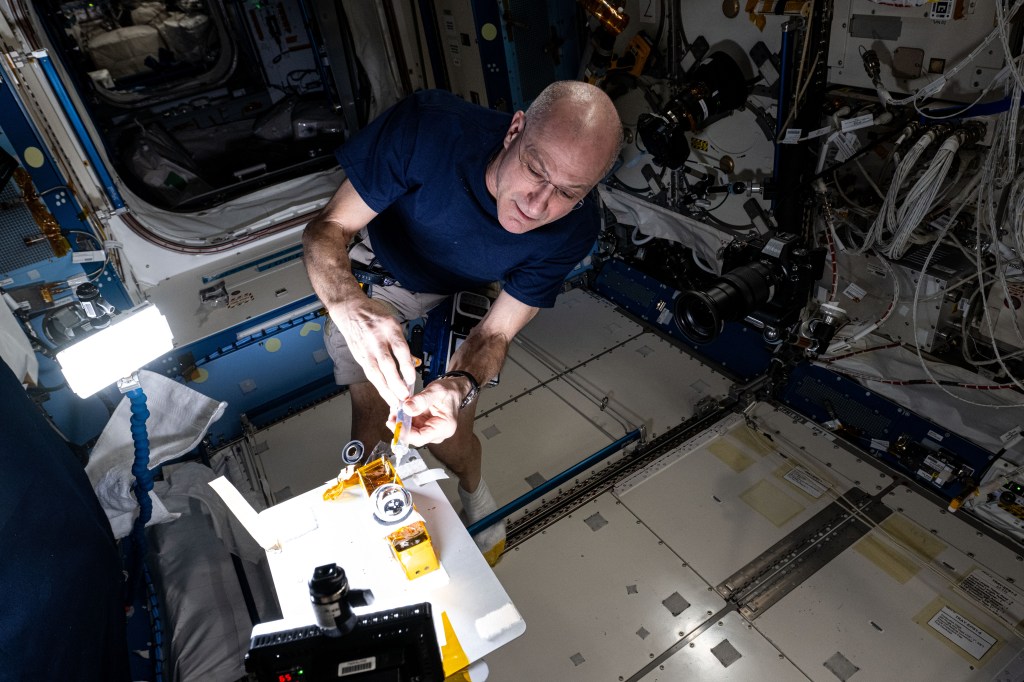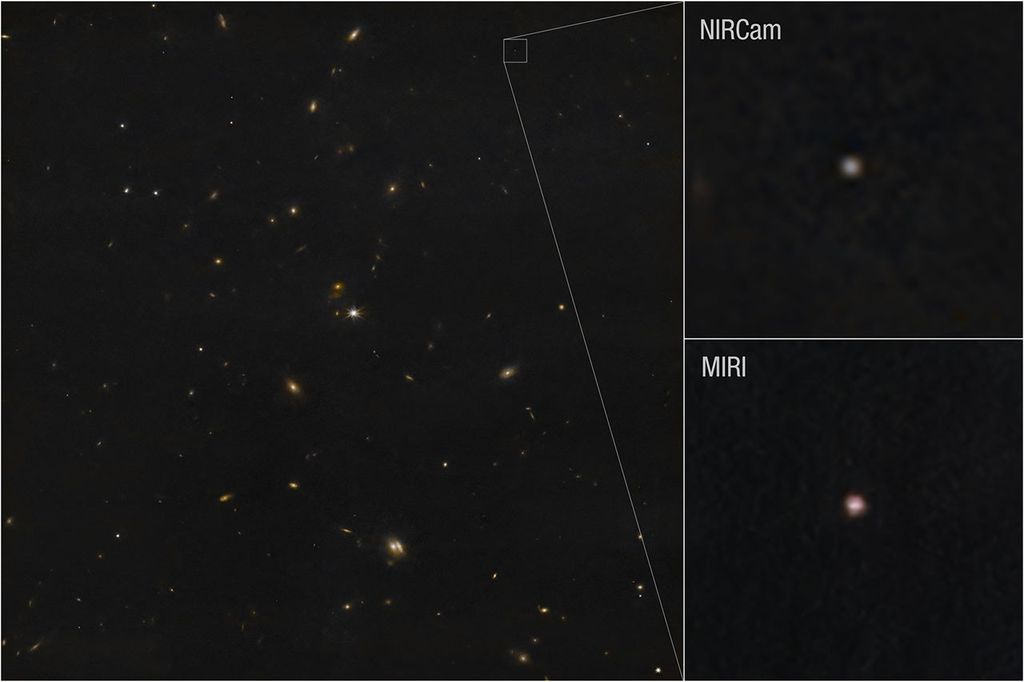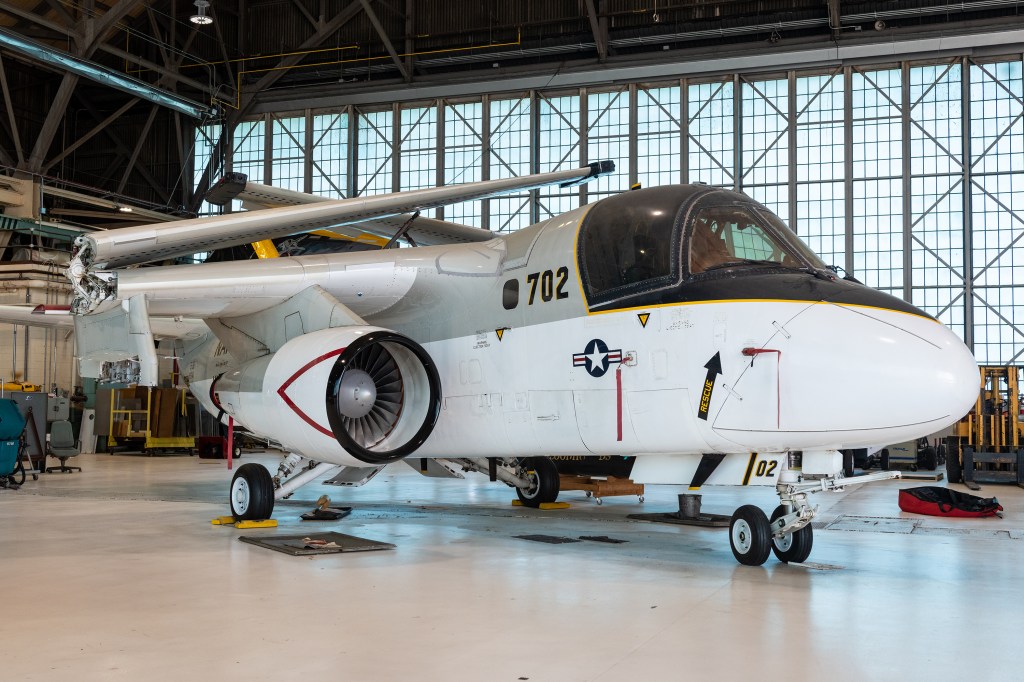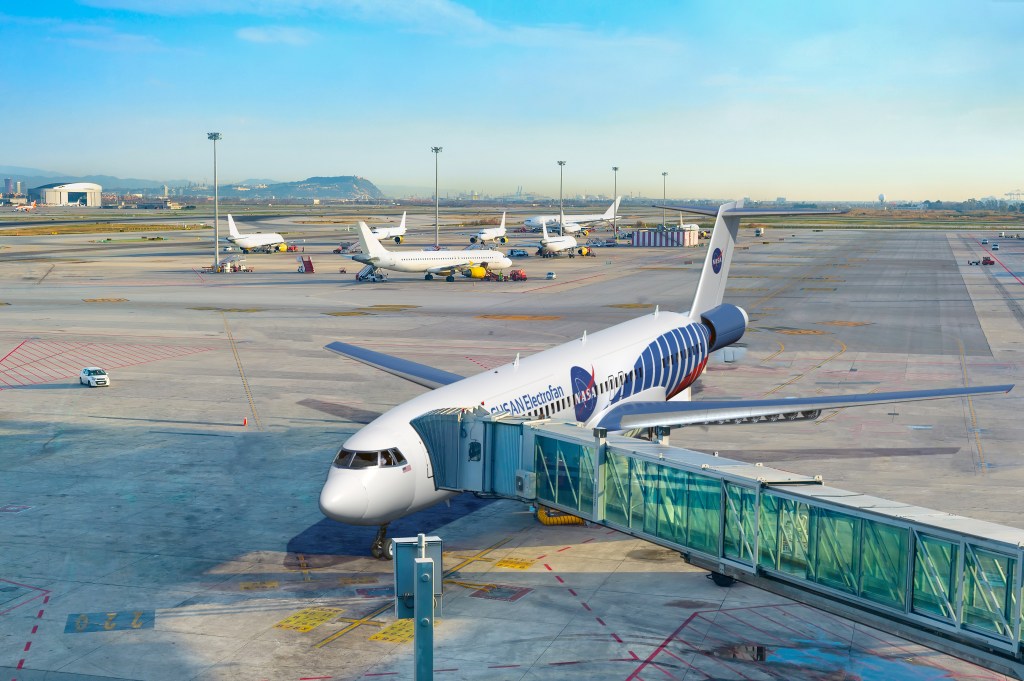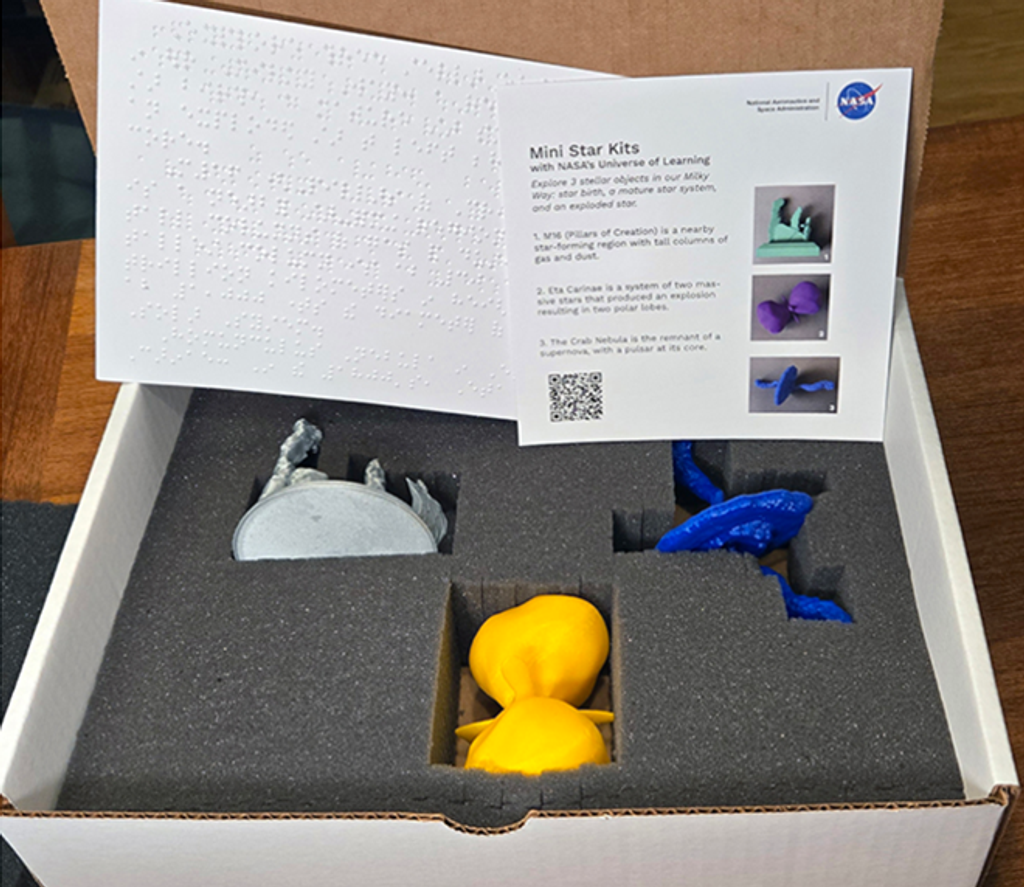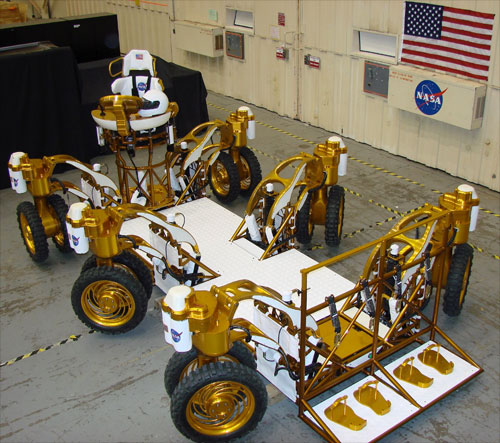Rovers

Contents
Introduction
Rovers are vital for space exploration as they expand human exploration capabilities and enable remote scientific investigation and data collection on planetary surfaces, facilitating our understanding of resources and composition of celestial bodies and their potential for past or present habitability. Johnson Space Center’s (JSC’s) rover and mobility systems experts lead the design and development of electric vehicles tailored for both extra-planetary and terrestrial surface mobility. The team addresses the challenges of off-road use in extreme environments, and dormant periods in crewed planetary missions, proposing, designing, and testing robotic concepts to enable exploration. With expertise in active suspension systems, efficient transmissions, vehicle autonomy and navigation, efficient motor control and high voltage DC systems, we invite our partners to leverage our cutting-edge capabilities in surface mobility. Join us in pushing the boundaries of exploration and robotics technology, where together, we can enhance mission efficiency and open up new frontiers in space.
Capabilities
Electric Vehicle Development
Overview | Design and development of electric vehicles for extra-planetary or terrestrial surface mobility and exploration.
Details |
- Design and development of electric vehicles for extra-planetary or terrestrial off-road use in extreme environments
- Active suspension systems
- Efficient transmissions
- Vehicle autonomy and navigation
- Efficient motor control
- High voltage DC systems
NASA’s Space Exploration Vehicle (SEV) is an example vehicle. The SEV surface concept has a small, pressurized cabin mounted on a wheeled chassis to enable a mobile form of exploration.
- Physical emulation of robotic devices with motion platforms
- Development of Intra-vehicular robotics concepts for remote operations in crew tended spacecraft
- Development of vehicle systems management concepts to provide in situ operational autonomy using
- Distributed, hierarchical architecture
- Clear definitions of interfaces and interdependencies
- Careful design of locus of authority
- Redundancies for data collected in case of failure or degradation
- Robotic capture and berthing analysis of free-flying vehicles
Surface Robotics and Mobility
Overview | The current architectures proposed for crewed planetary missions include significant periods of time in which the planetary base of operations remains dormant with no crew present. During this dormancy period, robotics can be used to maximize the use of the time while crew is present, as well as enable mission objectives which would otherwise not be possible. The Surface Robotics and Mobility team is an interdivisional working group that aims to propose, design, and test robotic concepts that enable the mission of human spaceflight by utilizing this time. Potential robotic operations include logistics transfer and staging, site preparation, and maintenance tasks.
Details |
- Concept development of electric vehicles for extra-planetary or terrestrial off-road use in extreme environments
- Active suspension systems
- Vehicle autonomy and navigation
- Efficient motor control
- Physical emulation of robotic devices with motion platforms
- Development of Intra-vehicular robotics concepts for remote operations in crew tended spacecraft
- Development of Extra-vehicular systems management concepts to provide in situ operational autonomy
- Large scale element mobility concepts
- Clear definitions of interfaces and interdependencies
- Robotic docking and berthing concepts and analysis
- Interfaces with industry leaders to develop spaceflight partnerships
- Testing and data transparency to inform key architectural decisions outside the team
- Robot-compatible interface development and testing (i.e. fluid, gas, & power transfer)
Rover Wheel Module Development Expertise
Overview | Expertise is available for the design and development of roving vehicle wheel modules including wheel drive, steering, and suspension actuators.
Details | Full cycle wheel module actuation design and development from initial design choices (redundancy, control scheme, motor topology, instrumentation) to mechanical design, fabrication, assembly and test of actuators and wheel systems
Planetary Test Analog Site (The Rock Yard)
Summary | NASA JSC Rock Yard provides a large outdoor multi-acre test area which simulates general features of the lunar and Martian surface terrain environment consisting of various slopes, grades, simulated craters, and strewn rock field conditions.
Details | Rock Yard Services
- Test planning, consultation, and integration
- 110 volts AC (VAC) electrical power available
- Space suit hardware and test subject support on an “as required” cost-basis
Beneficial Features
- Test hardware and/or concept of operations in simulated planetary surface terrain environments
- Existing facilities, infrastructure, and ground support equipment
- Full operational capability and readiness
- Ability to upgrade/reconfigure as needed
- Capabilities for demonstrating human and robotic interactive test activities
- Analog test site area capable of enabling large scale, high fidelity integrated test activity scenarios
- Proximity to other JSC and regional test facilities


